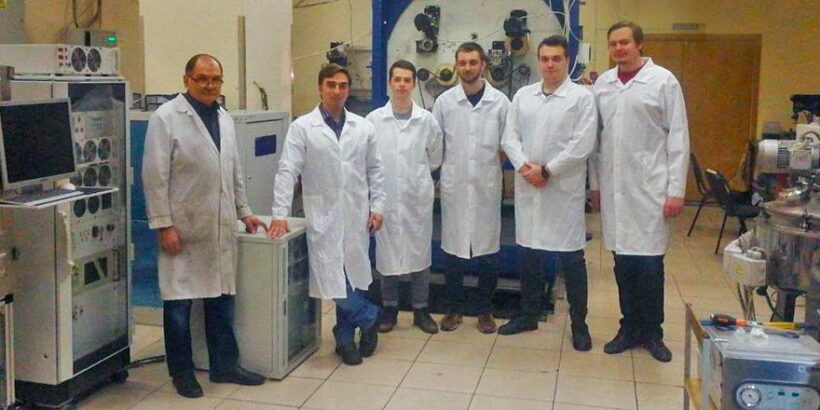Specialists of the Moscow Aviation Institute (MAI) are developing an industrial technology for the production of a new type of electric batteries. Thanks to the use of innovative materials such batteries will work up to seven times longer than those used today. This was reported in the press service of the MAI.
For example, it will be enough to charge a mobile phone once a week. At the same time, the batteries will be able to withstand from 5 thousand to 10 thousand charge-discharge cycles, which is 5-10 times more than conventional batteries. Mass production of know-how is planned to start in 2028-2029.
“Our batteries have a lower current load than conventional batteries, so they can withstand many more charge-discharge cycles. Right now, the specific energy capacity of a standard battery is 220-260Wh/kg. At the first stage, we will be able to increase it by 1.5-2 times. And with further improvement of the technology we will achieve 1000-1500 Wh/kg, i.e. at the same mass the batteries will work five-seven times longer”, – said the project leader, Head of the Department 1204 “Radioelectronics, Telecommunications and Nanotechnology” of MAI Vladimir Sleptsov.
The main components of any battery are a positively charged electrode, the cathode, and a negatively charged electrode, the anode. Most often they are made of zinc and manganese dioxide. Such parts have a smooth surface, so a very limited amount of material can be applied to them, directly storing electricity. Usually lithium is used in this capacity.
MAI scientists propose to make the basis of the cathode and anode a special material made of carbon – “Busofit”. It is produced in Belarus. Due to its porous structure, it has a very high specific surface area – 1000-1200 square metres per gram. Therefore, on them it is possible to place much more chemically active substances and elements for energy storage – capacitors. Thus, a nanostructured electrode material is obtained.
“Our development is based on thin-film nanotechnology. It involves completely new materials at the base of the electrodes. Imagine a carbon matrix with a high specific surface area, in which chemically active and auxiliary additives are placed. Thanks to this, new properties of electrode materials can be achieved, namely higher specific energy capacity. As a result, it is possible to improve the design of accumulators and their manufacturing technology in order to improve their performance and operational safety,” explained Vladimir Sleptsov.
The energy accumulators created by the thin-flight technology can be used in the production of batteries for electric aeroplanes. The MAI project was included in the roadmap of Rosatom State Corporation under the title “Technologies for creating energy storage systems, including portable ones”. It is now at the testing stage. The technology ready for the market is planned to be presented in 2028-2029.



